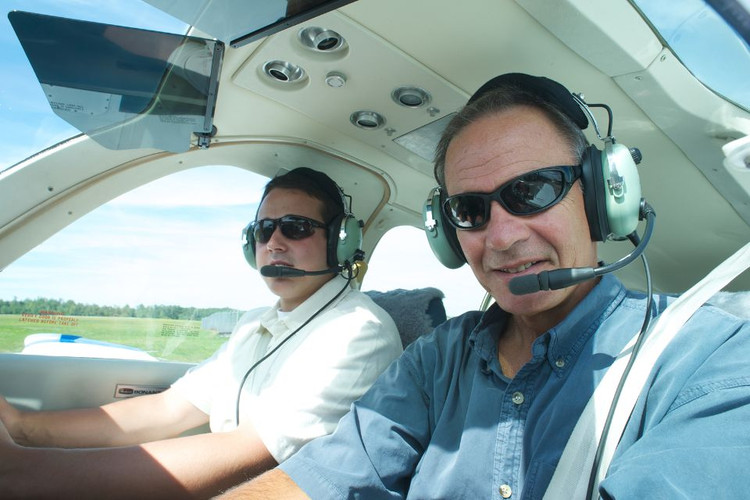Posted by Erika T. on Aug 1st 2022
Your aviation headset is one of the most crucial pieces of equipment you have in the air. It protects your ears from the roaring engines of your plane or helicopter, and it’s also your primary method of communication with air traffic control. For that reason, your headset should always be in good condition. Here are some telltale signs it’s time to upgrade your aviation headset.
Wear and Tear
One of the most obvious signs it’s time to upgrade your aviation headset is when excessive wear and tear begin to really show. Everything becomes worn after time and consistent use, and eventually, you’ll need to replace your headset, ideally before its functionality is compromised. You can replace accessories such as the cushioning, mic covers, and head pad individually, but not frayed wires or damaged plugs. If you notice that the age of your aviation headset is beginning to show and that the headset is struggling to perform effectively and consistently, it’s time to consider investing in a new one.
Discomfort
As we mentioned, one source of discomfort may be that the cushioning on your headset has worn away, but perhaps your current headset just isn’t suited for your needs. Experienced pilots will often have varied piloting experiences—such as night flying or cross-country flying—and they can tell you that having the right headset for your flight is crucial. Nothing is more maddening than flying long-distance and having your ears ache from your aviation headset. If you find your headset to be consistently uncomfortable, that’s more than enough reason to treat yourself to an upgrade.
New Features
Even if your headset is still in serviceable condition, it could just be missing new features that you might find beneficial. For instance, David Clark aviation headsets have been around for as long as pilots, so you can expect innovative new features thanks to their expertise. Some of these modern features include ANC (Active Noise Canceling, or Electronic Noise Canceling) and PNC (Passive Noise Canceling) to filter out background noise.
ANC takes advantage of speakers and microphones to adjust and block sound waves. PNC over-the-ear and in-the-ear headsets use ear cups specifically designed to seal out unwanted noise. The earcup itself is capable of sealing out surrounding noise.
Call us today for more information about our aviation headsets! We’ll be glad to talk with you and further explain the benefits our headsets can provide and what will work best for your needs. Headsets are essential pieces of flight equipment, and you need to be well-informed when choosing your next replacement.

